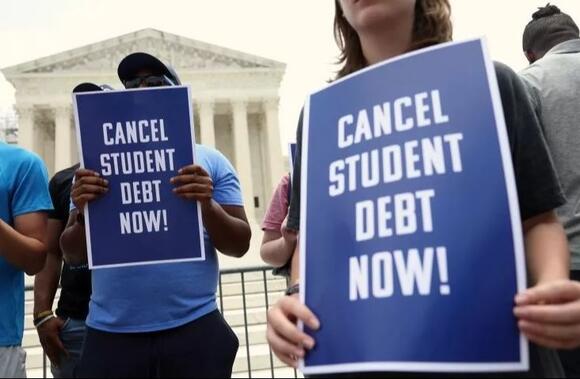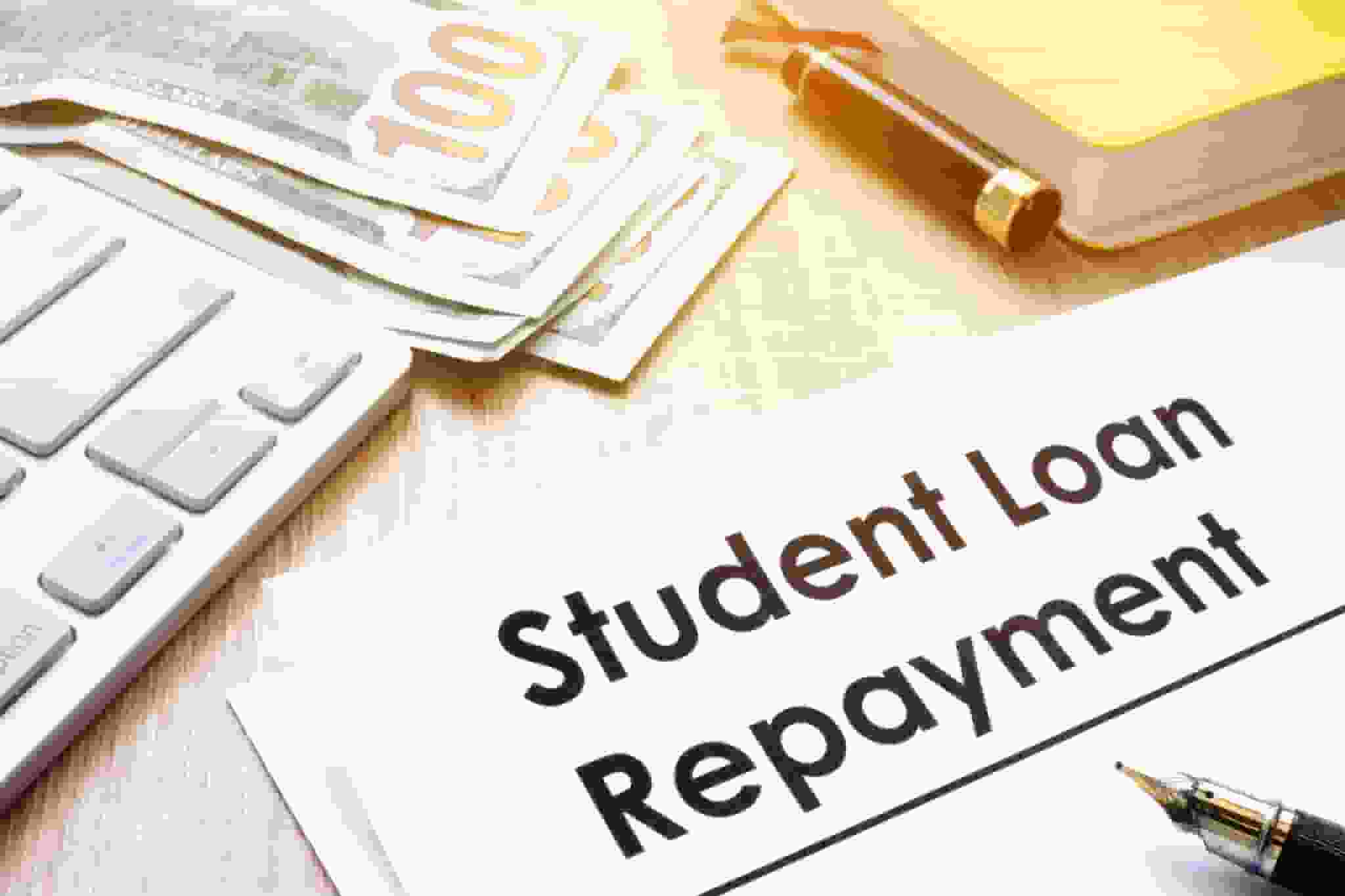The landscape of student loan repayment in the United States has entered a new phase, marked by a combination of significant challenges for borrowers and systemic changes in repayment plans. Since the resumption of federal student loan payments in October, following a more than three-year pause due to the COVID-19 pandemic, borrowers find themselves grappling with affordability issues and bureaucratic obstacles that underscore the complexity of the current situation.
Recent data from the Consumer Financial Protection Bureau (CFPB) sheds light on the challenges faced by borrowers. An increase in delinquencies on non-student loans among student loan borrowers has been reported, affecting approximately 2.5 million borrowers as of March 2023. This trend is particularly noticeable among individuals aged 30 to 49, residing in higher-income areas, and those burdened with student loan balances exceeding $35,000. The rise in delinquencies serves as a signal of broader financial strains, as borrowers attempt to manage multiple debts amid ongoing economic uncertainties.
Acknowledging the financial burdens intensified by the pandemic, the U.S. Department of Education extended the payment pause through December 31, 2022. In addition to the extension, the department announced targeted debt cancellation measures aimed at easing the transition back to repayment. This cancellation applies to borrowers with incomes falling under specific thresholds, providing relief of up to $20,000 for Pell Grant recipients and up to $10,000 for others. Simultaneously, the Department introduced a new income-driven repayment (IDR) plan known as “Saving on a Valuable Education” (SAVE), designed to reduce future monthly payments for lower- and middle-income borrowers. The plan aims to cut the payment amount from 10% to 5% of discretionary income for undergraduate loans while incorporating other measures to prevent balance growth.

Read more:
- Dangerous icy road conditions prompt extended closures for East Tennessee schools, including Knox County
- Racist label for voucher programs sparks controversy in education
- School Experts Unhappy with Hochul’s Budget Plan, According to Education Insider
- New NJ Law: Student Mental Health Monitoring Now Mandatory in NJ Schools.
Despite these efforts, a survey by The Pew Charitable Trusts reveals widespread apprehension among borrowers about their ability to afford payments once the pause ends. A staggering 82% of respondents expressed concerns about the affordability of payments, ranking student loan payments as more stressful than other monthly bills. This anxiety stems from the magnitude of payments, stagnant balances despite timely payments, and the extended duration of the repayment period.
In response to these concerns, the SAVE plan promises to address affordability issues by lowering regular payments for many borrowers. The plan includes provisions such as forgiveness of loan balances after 10 years of payments for those who borrowed $12,000 or less. However, active enrollment in SAVE is a prerequisite, posing a potential hurdle for those not previously enrolled in the Revised Pay As You Earn (REPAYE) plan. Additionally, the Fostering Undergraduate Talent by Unlocking Resources for Education (FUTURE) Act aims to simplify the recertification process for SAVE and other IDR plans through enhanced data-sharing between Federal Student Aid (FSA) and the Internal Revenue Service (IRS).
Despite these efforts to ease the burden, many borrowers find themselves in a precarious position. The intricate web of loan repayment, income-driven plans, and bureaucratic processes presents a daunting challenge. As the SAVE plan and other changes are implemented, clear communication from the Department of Education and loan servicers becomes imperative to guide borrowers through the intricate landscape of student loan repayment.
This situation underscores the pressing need for systemic reforms to make higher education financing more equitable and less burdensome. The complexities of the current system highlight the urgency of addressing not only immediate challenges but also the broader issues that contribute to the burdens faced by borrowers. As discussions around student loan reform continue, the emphasis on clear communication, accessibility, and equitable policies will be paramount in shaping a more sustainable and just framework for student loan repayment in the United States.















+ There are no comments
Add yours